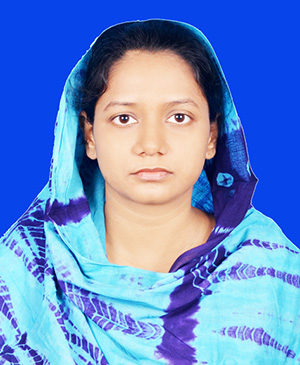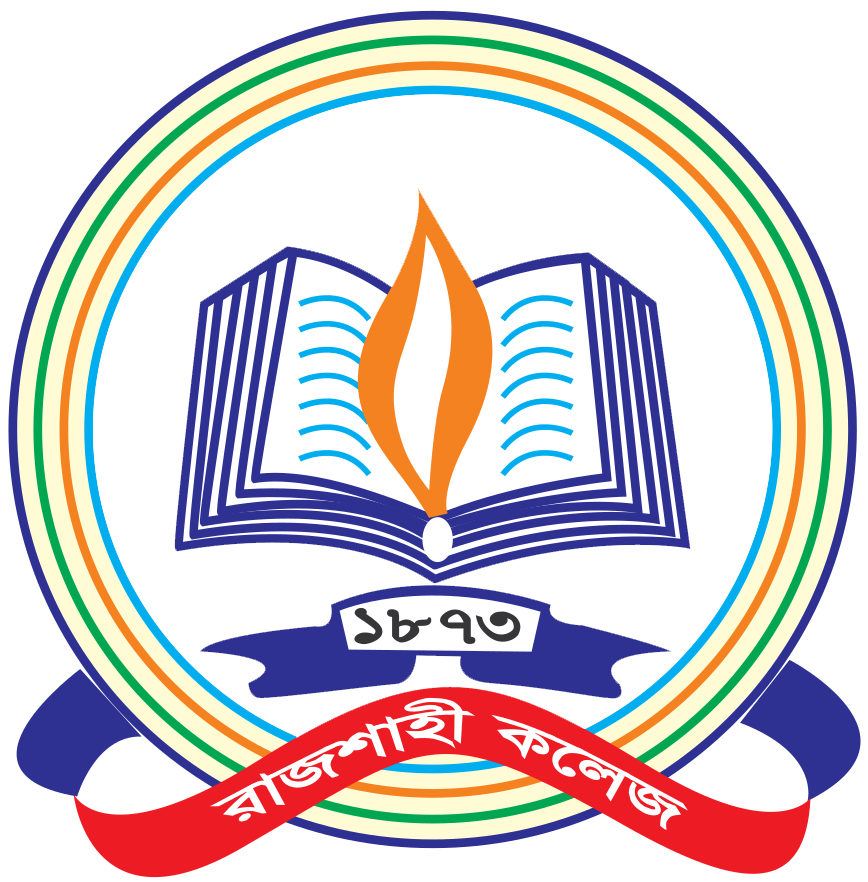Implementation and Prospect of Flipped Classroom in Government Rajendra College, Bangladesh
– Meher Afroze
The flipped classroom is a prospective blended instructional approach that can provide tremendous opportunities for technology adoption in learning. This study is a critical reflection on adopting a flipped classroom model at a tertiary college in Bangladesh. The aim was to investigate existing teaching practices by identifying their limitations. It also intended to introduce the flipped classroom model in the existing setting,

Using Facebook and the Students’ Engagement in Learning History
– Dr. Md. Rezaul Karim
Notwithstanding the rising value of Facebook in the lives of college students, the researchers hardly extend their venture to investigate the potential role of this virtual communication tool in the academic sphere. The present study used experiment in a compulsory course at a post-graduate college under the National University of Bangladesh to know students’ perceptions toward FB and the learning associated with this tool.

A Review on the Common Practices of Instructional Leaderships in Bangladeshi Colleges
– Nusrat Zerin Anny, Pradip Kumar Mishra and Md. Sajedur Rahman
This is a literature review article that attempts to assess the instructional leadership condition in Bangladeshi colleges. The objectives of the study are to identify the common practices regarding instructional leadership in the colleges of Bangladesh and to find out the ways of improving instructional leadership in the colleges of Bangladesh. Guided by these objectives this paper analyzed existing literatures on this issue. There are a few number of literatures in Bangladesh context as the concept of ‘Instructional Leadership’ is still new in this country, especially in the sector of college education. It has been found from the existing literatures that the instructional leadership condition is not satisfactory in Bangladesh. Finally, this paper suggests to arrange trainings for principals and teachers of Bangladeshi colleges and to conduct action research in order to improve the instructional leadership condition.

Socio-Cultural Vulnerabilities of Agrarian Santal Women in the Barind Tract
– Abu Zoha Mohammad Zustisul Haider
This article is about the socio-economic background and cultural system regarding present status of drought affected agrarian livelihood of Santal ethnic women. As the minority, the Santals face numerous challenges to adapt social, political, cultural, natural and economic changes in their life. This study aims at finding the socio-cultural vulnerabilities of Santals ethnic women who involved in agrarian task. Data was collected through mixed method approach using structured and semi-structured questionnaire at Naogaon District. The findings suggest that lack of quality education, the Santal agrarian women hardly get any employment opportunity. Illiteracy and unawareness, an…

Critical Reflection on Applying Active Learning, Formative Assessment and Hidden Curriculum in the Course ‘Intermediate Microeconomics’
– Dr. Wasim Md. Mazbahul Haque
This investigation is intended to explore the relevance of three pertinent concepts: active learning, formative assessment and hidden curriculum in the context of student centered learning. To assess the reflection of these concepts of contemporary educational process in Bangladeshi government colleges, the course ‘Intermediate Microeconomics has been selected from the economics honors syllabus. Evaluating the students’ reflection and achievement four model lesson outlines prepared and applied in the consecutive four classes. The result was more than expected level and student engagement observed fantastic. The study outcome suggests that incorporating these three techniques in the four lesson plans makes the teaching procedure more intensive, attractive and fruitful. Here active learning, formative assessment and hidden curriculum function as complementary activities to each other. Each of the techniques has innate quality to intensify learning outcome.

Fakir-Sannyasi Movement in Rajshahi: Regional Study of a Pioneer Peasant Resistance in Colonial Bengal
– Dr. Md. Rezaul Karim
Rajshahi region had many holly places that made it a domicile of the religious devotees, the Muslim fakirs, and the Hindu sannyasis. This area was protected from the company‟s power centers, Kolkata and Dhaka, by the rivers Padma and Brahmaputra, respectively, and became a safe asylum for the insurgents. It, consequently, formed an eminent ground of the movement and experienced most of the incidents of confrontation between the colonial power and the rebels. There was an immense impact of the Fakir-Sannyasi movement upon the socio-cultural life of this region. This micro-study attempts to analyze the subject using contemporary sources and the existing literature.
